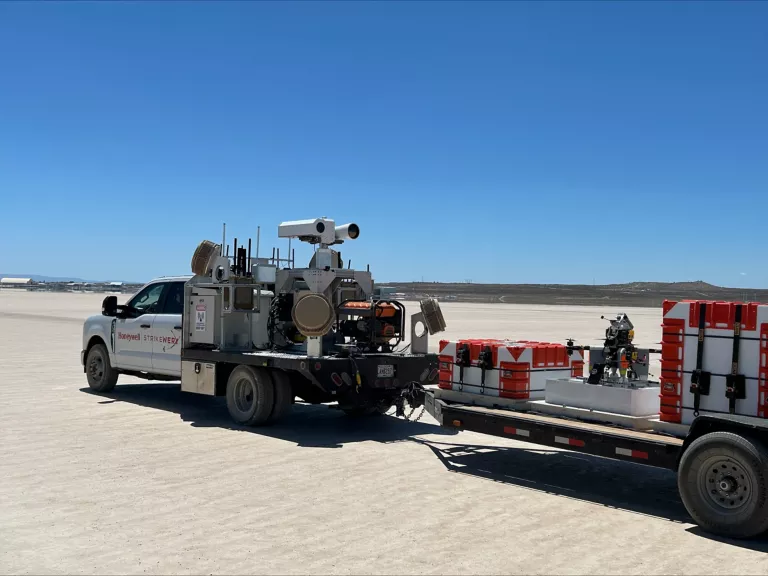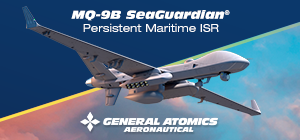
Honeywell has successfully demonstrated its Stationary and Mobile UAS Reveal and Intercept (SAMURAI) system in recent military exercises, showcasing advanced capabilities to detect and neutralize swarm drone threats. The demonstrations, conducted for US military operators, mark a significant milestone in the company's strategic expansion into the rapidly growing counter-drone market.
Honeywell's SAMURAI system integrates multiple detection and neutralization capabilities within a single platform. The system employs Model Based System Engineering principles to provide a turnkey solution that meets Modular Open Systems Approach (MOSA) compliance standards, enabling rapid integration of customer-selected detectors and effectors.
The system's architecture combines beyond-visual-line-of-sight communication with AI-enhanced command-and-control capabilities. Key components include radio frequency detection systems, sensor technology utilizing light-based detection, and various effectors capable of tracking, identifying, and countering multiple drone threats simultaneously. From what FW MAG could understand, the system can integrate radio frequency jammers that disrupt communication links between drones and operators, high-energy laser systems delivering precise, instantaneous engagement at light speed, and/or high-power microwave effectors that generate electromagnetic pulses to disable electronic circuits across multiple targets simultaneously, making them particularly effective against swarm attacks. During demonstrations, the system operated both from ground vehicles and elevated platforms exceeding 1,000 feet altitude (305 m).
The SAMURAI system stems from Honeywell's strategic integration of components from leading defence manufacturers including Blue Halo, Leonardo DRS, Pierce Aerospace, Silent Sentinel, Walaris, Rocky Research, and Versatol. This collaborative approach mirrors successful industry partnerships, particularly the recent Leonardo DRS-BlueHalo alliance that demonstrated a STRYKER-mounted counter-UAS system with 26kW laser capabilities, achieving 100% success rates in destroying target drones.
The partnership strategy enables Honeywell to leverage existing customer investments in key components while providing integrated solutions that optimize prior acquisitions. Matt Milas, president of Defense and Space at Honeywell Aerospace Technologies, emphasized that this approach allows military operators to "save time and money by optimizing prior investments into key components and integrating them into the overall solution".
Honeywell's entry into counter-swarm technology positions the company strategically within a market experiencing explosive growth. The company's timing proves particularly astute given evolving warfare dynamics. Recent conflicts have demonstrated the devastating potential of drone swarms, with operations in Ukraine, Israel, and the Red Sea highlighting the critical need for effective countermeasures.
The successful demonstrations signal Honeywell's recognition of fundamental shifts in modern warfare. As drone technology becomes increasingly accessible and sophisticated, the ability to counter coordinated swarm attacks becomes essential for protecting high-value assets and critical infrastructure.
Honeywell's investment in this technology can be read as part of a broader industry trend toward autonomous and semi-autonomous systems. The company's leadership acknowledges significant growth opportunities in unmanned systems, with applications spanning loyal wingman drones, collaborative combat aircraft, and advanced air mobility platforms. This positions the counter-drone technology as part of a comprehensive unmanned systems strategy. The system's reliability and scalability suggest potential applications beyond traditional military scenarios. As commercial drone usage proliferates, and following the recent flights experienced across NATO airspace, the need for sophisticated countermeasures extends to critical infrastructure protection, airport security, and homeland defence applications.








.png)
